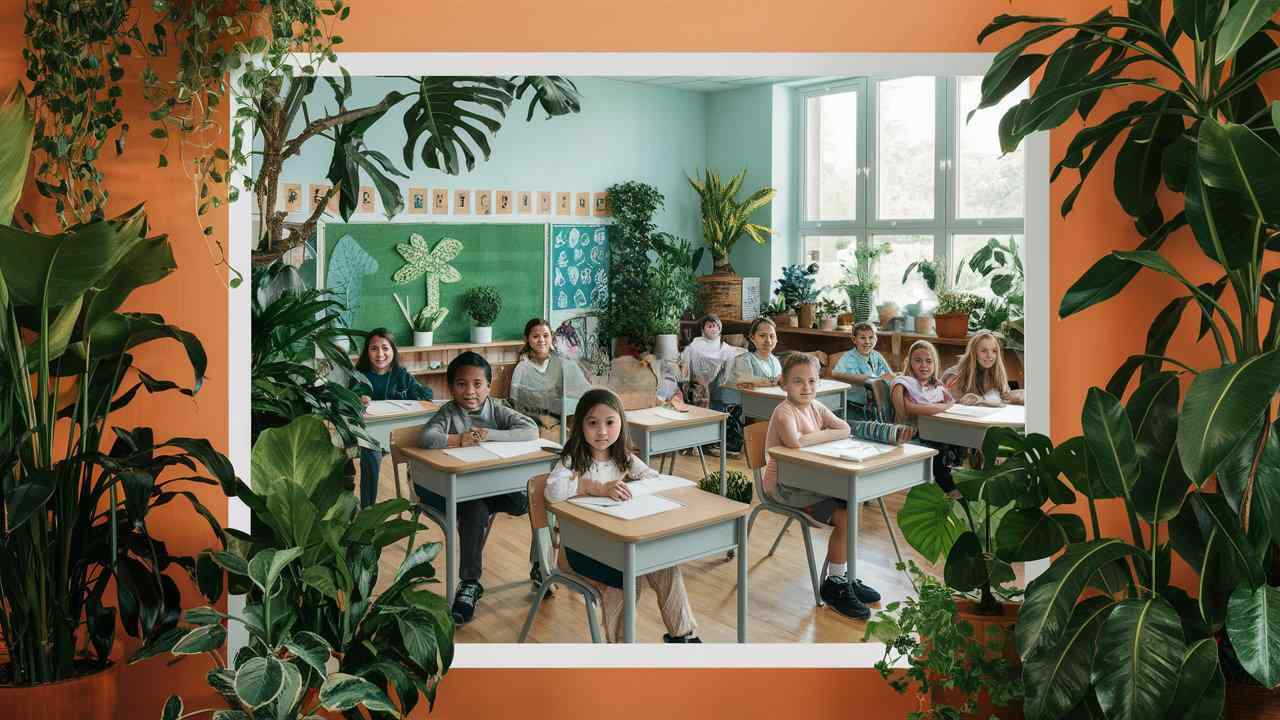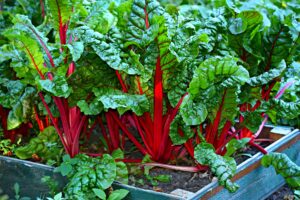Creating a vibrant and healthy classroom environment is essential for fostering learning and creativity among students. One effective way to enhance this atmosphere is by incorporating indoor plants. They not only improve air quality but also bring a sense of calm and inspiration. If you’re searching for unique and suitable indoor plants for your classroom, here are some of the best options to consider.
ZZ Plant (Zamioculcas zamiifolia)
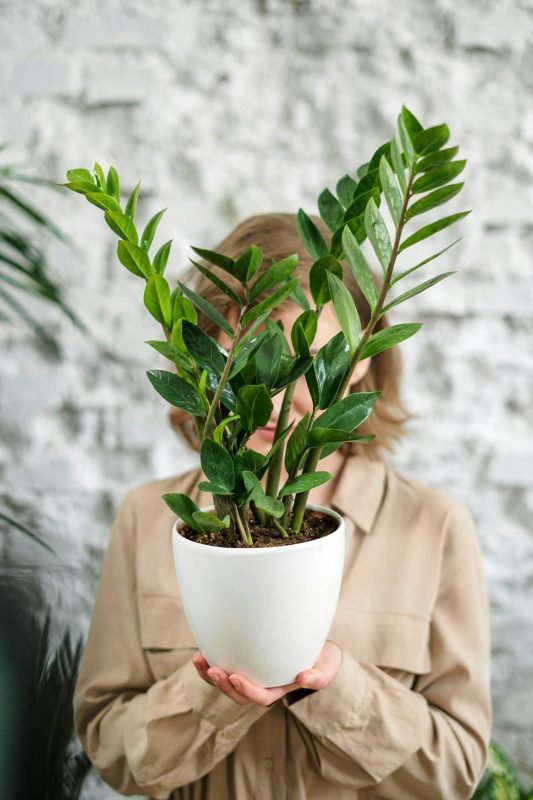
The ZZ Plant is a fantastic addition to any classroom. Known for its glossy, dark green leaves, this plant can thrive in low light conditions, making it perfect for rooms with limited natural light. It requires minimal care and can withstand periods of neglect, an essential trait for busy classrooms. The ZZ Plant is also known for its air-purifying qualities, helping to create a healthier environment for students.
Spider Plant (Chlorophytum comosum)

Spider Plants are popular for their charming arching leaves and baby “spiderettes” that dangle gracefully from the mother plant. They are incredibly easy to care for and can tolerate a wide range of light conditions, from bright indirect light to low light. Besides their aesthetic appeal, Spider Plants are excellent at purifying the air, especially in older school buildings. They can also help absorb excess moisture, which can reduce the risk of mold growth.
Snake Plant (Sansevieria trifasciata)
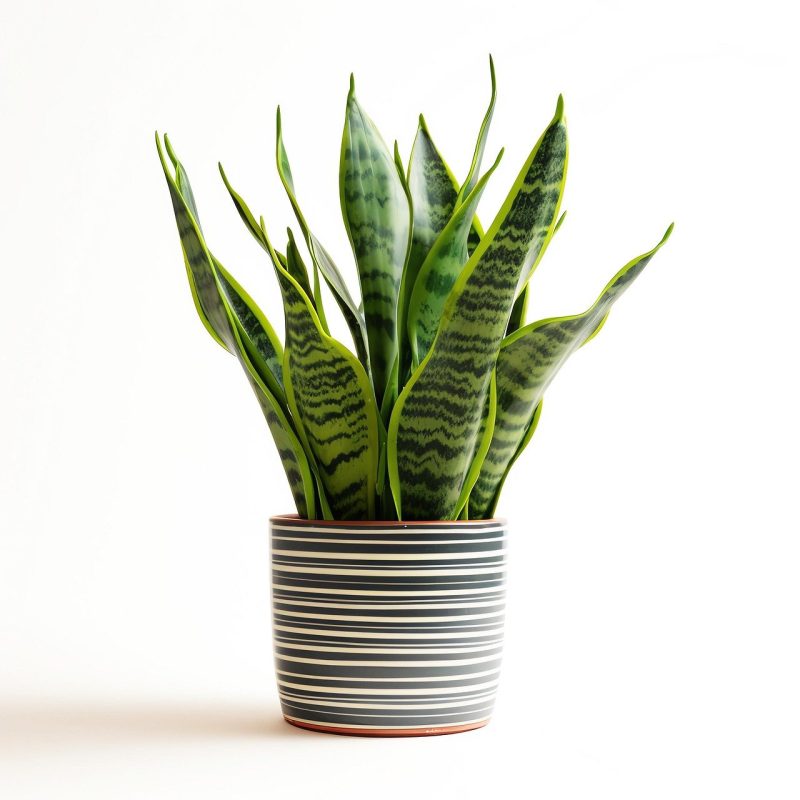
The Snake Plant, also known as Mother-in-Law’s Tongue, is virtually indestructible, making it an ideal choice for classrooms. Its tall, upright leaves come in various shades of green, with some varieties boasting yellow or white edges. Snake Plants are known for their ability to convert CO2 into oxygen at night, making them perfect for improving air quality in any space. They only require occasional watering and can thrive on neglect.
Pothos (Epipremnum aureum)
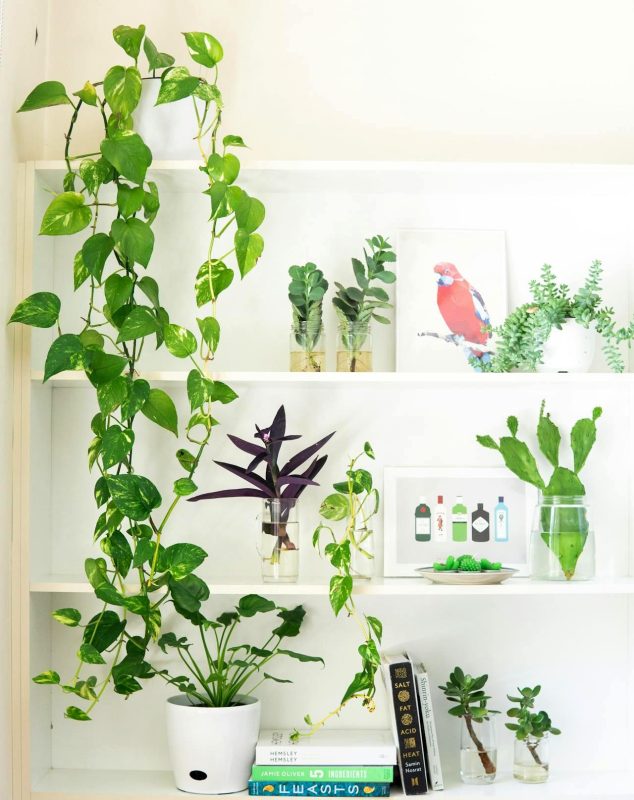
Pothos is a classic choice for indoor gardening enthusiasts, and it’s perfect for classrooms. With its trailing vines and heart-shaped leaves, this plant adds a touch of greenery to any space. Pothos can thrive in various lighting conditions, although it prefers indirect light. Additionally, it is known for its air-purifying abilities, effectively filtering out toxins and creating a more pleasant learning environment.
Peace Lily (Spathiphyllum)
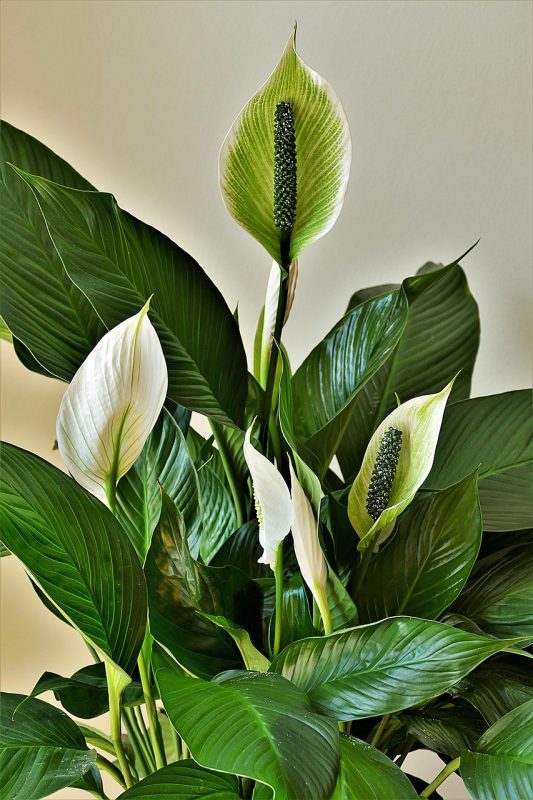
The Peace Lily is celebrated for its elegant white blooms and lush green foliage. This plant thrives in low to medium light, making it suitable for classrooms with minimal sunlight. The Peace Lily is particularly effective at removing indoor pollutants and can even indicate when it needs watering by drooping slightly. Beyond its air-purifying qualities, the Peace Lily adds a serene aesthetic to any setting.
Cast Iron Plant (Aspidistra elatior)
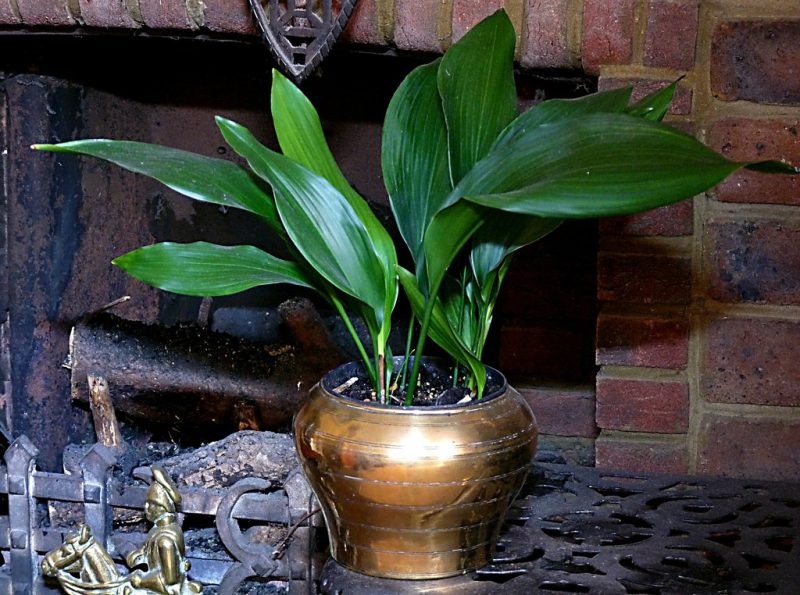
True to its name, the Cast Iron Plant is nearly indestructible and can withstand neglect, low light, and temperature fluctuations. Its dark green, arching leaves create a beautiful backdrop for any classroom setting. This plant is ideal for teachers who may not have the time to devote to intricate care routines. The Cast Iron Plant is also known for its air-cleaning properties, ensuring a healthier environment for students.
Aloe Vera (Aloe barbadensis miller)
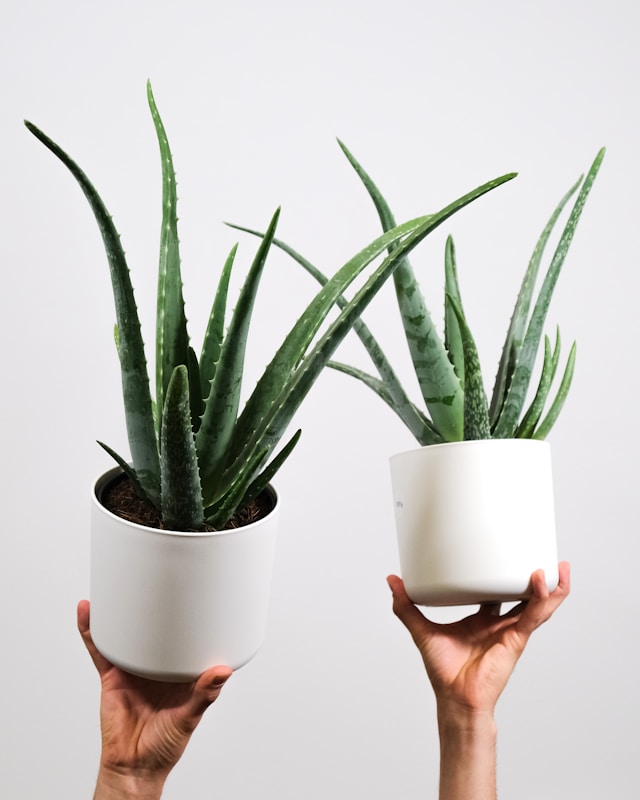
Aloe Vera is not only a popular succulent but also an excellent choice for classrooms. Its fleshy leaves store water, so it requires infrequent watering, appealing to busy educators. Beyond its low maintenance, Aloe Vera is renowned for its medicinal properties, such as soothing skin irritations and burns. Including this plant gives students a valuable lesson in caring for something that has actual therapeutic benefits.
Boston Fern (Nephrolepis exaltata)
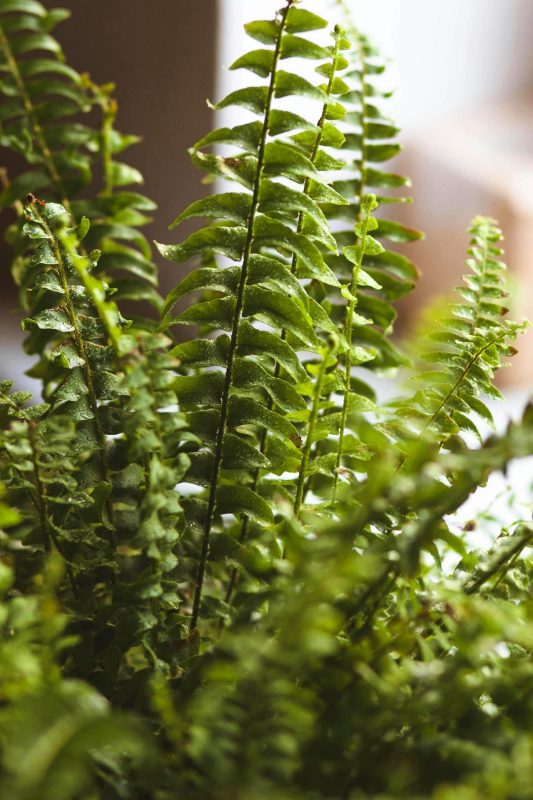
The Boston Fern is a lush, hanging plant that can bring a vibrant touch to a classroom. With its delicate fronds, this plant excels in higher humidity and indirect light. Boston Ferns are exceptional air purifiers, contributing to a healthier indoor atmosphere. While they might require a bit more attention regarding humidity and watering, their beauty and air-cleansing qualities make them worth the effort.
Rubber Plant (Ficus elastica)

With its broad, glossy leaves, the Rubber Plant is a striking addition to any classroom. It can grow quite tall, making it an excellent choice for filling corners or empty spaces. The Rubber Plant thrives in bright, indirect sunlight, and its air-purifying abilities enhance the learning environment. Additionally, it has a reputation for being relatively easy to care for, requiring watering only when the topsoil feels dry.
Chinese Evergreen (Aglaonema)
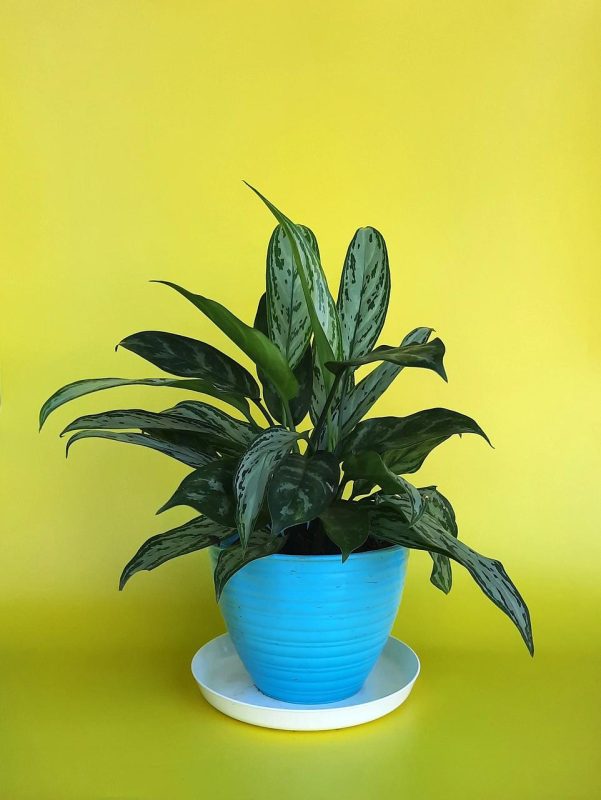
Chinese Evergreens are available in a variety of stunning patterns and colors, making them an attractive option for classrooms. They can tolerate low light conditions and are known for their resilience. This plant is also celebrated for its ability to filter out toxins from the air, contributing to a healthier classroom environment. Chinese Evergreens are low-maintenance and can even adapt to varying temperature conditions.
Parlor Palm (Chamaedorea elegans)
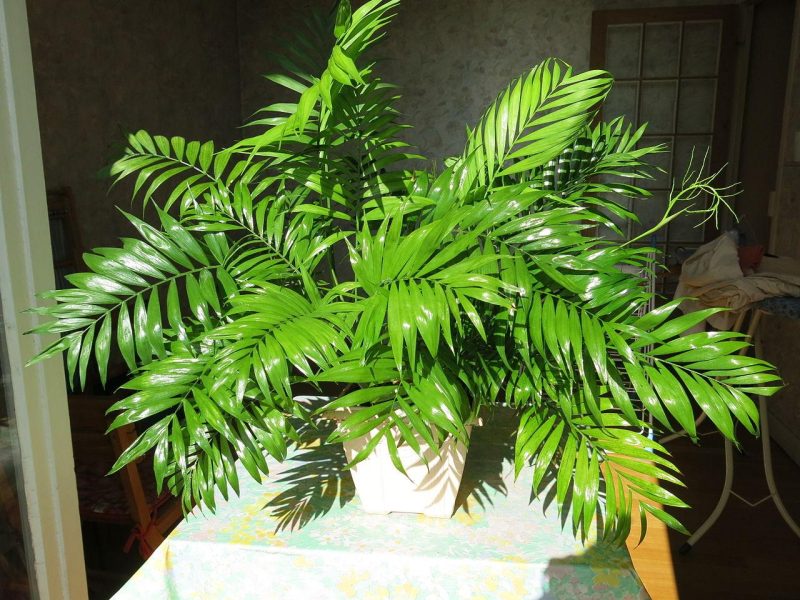
The Parlor Palm is a beautiful, low-growing palm that adds a tropical touch to any classroom. It thrives in low to medium light and prefers slightly humid conditions, which makes it suitable for indoor settings. With its feathery, arching fronds, the Parlor Palm not only enhances the aesthetic appeal of the classroom but also serves as a natural air purifier. Its slow growth and minimal maintenance requirements make it ideal for educators who want to add greenery without overwhelming their space.
Dracaena Marginata

Dracaena Marginata, commonly known as the Dragon Tree, features slender stems topped with spiky, arching leaves, giving it a unique silhouette. This plant thrives in bright, indirect light but can also adapt to lower light levels. Dracaena Marginata is not only attractive but also acts as a natural air filter, removing harmful chemicals from the air. Its robustness and distinctive form can often serve as a focal point in classrooms, sparking discussions about plant biology and environmental care.
English Ivy (Hedera helix)
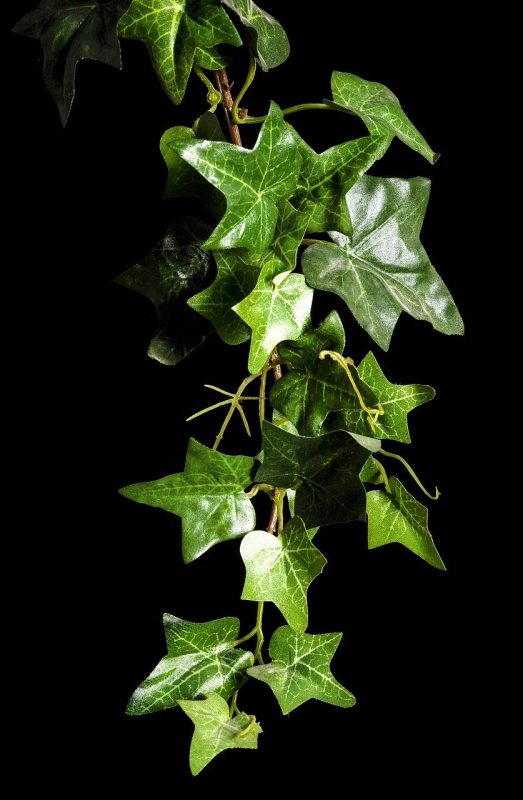
English Ivy is a versatile and attractive climbing plant that can thrive both in pots and as a hanging plant. It’s renowned for its ability to reduce airborne mold and other pollutants, making it a valuable addition to classrooms where allergies may be a concern. Ivy prefers medium to bright indirect light and needs consistent, moderate watering. Its charming vines can create an enchanting atmosphere in the classroom, encouraging students to appreciate nature’s beauty.
Maidenhair Fern (Adiantum)
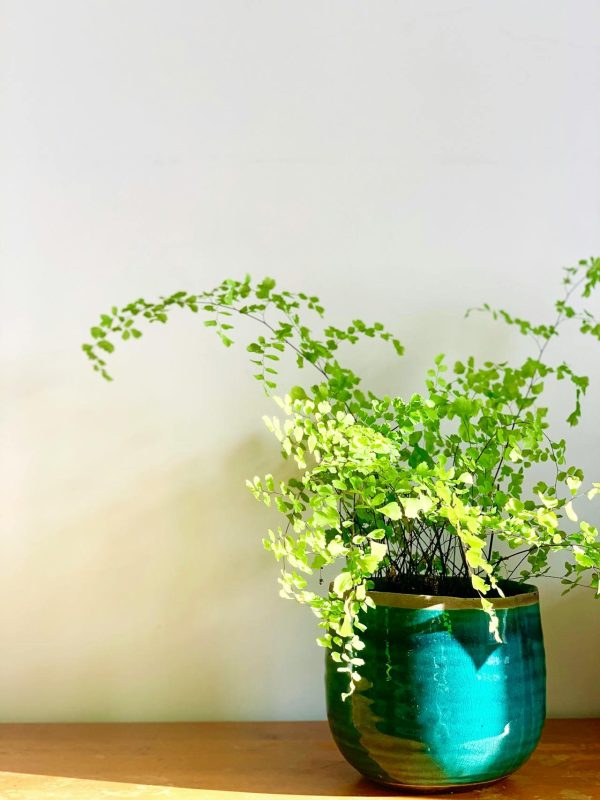
The Maidenhair Fern is known for its delicate, lacy foliage and graceful appearance. This plant thrives in shady environments with high humidity, thus making it a suitable option for classrooms equipped with adequate humidity levels. While it requires a bit more care and attention in terms of watering and humidity, the Maidenhair Fern contributes significantly to the classroom aesthetic. Additionally, it absorbs indoor air toxins, lending a hand in maintaining clean air for students.
Calathea (Calathea spp.)
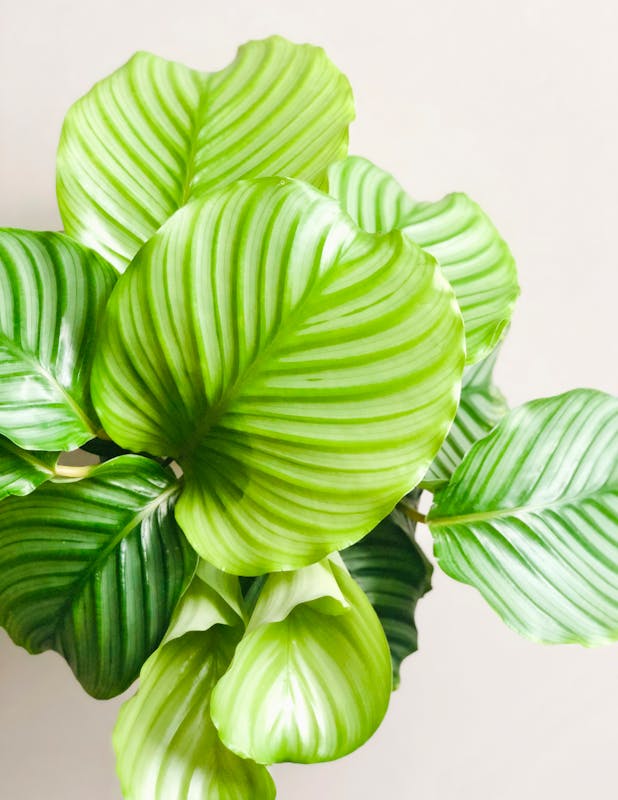
Calathea plants are celebrated for their stunning leaf patterns and colors, which can add a dynamic visual element to any classroom. Known for their tolerance to low light and higher humidity, they are perfect for indoor environments. Calatheas also have a unique characteristic called “nyctinasty,” where their leaves fold up at night, creating a wonderful spectacle for students to observe. This can also serve as a conversation starter about plant behaviors and adaptations.
Christmas Cactus (Schlumbergera)
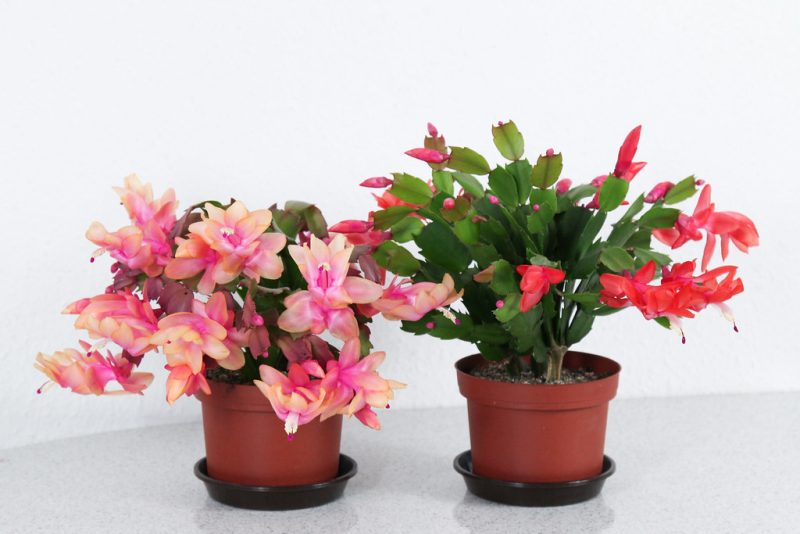
The Christmas Cactus, with its beautiful, segmented leaves and vibrant, tubular blooms, is a delightful addition to a classroom, especially during the holiday season. Although this plant requires a bit more attention to lighting and watering, it rewards caretakers with stunning flowers that can spark discussions about plant life cycles and blooming schedules. The Christmas Cactus can also promote responsibility among students, encouraging them to care for a living organism.
Hoya (Hoya carnosa)
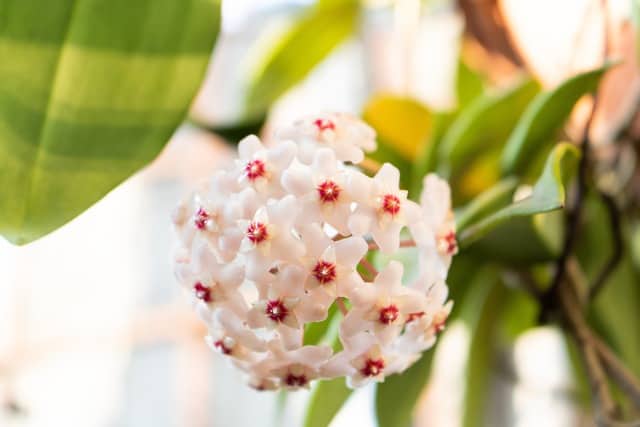
Hoya, commonly known as the Wax Plant, features thick, waxy leaves and clusters of fragrant flowers. This plant thrives in bright, indirect light and is drought-tolerant, making it suitable for busy classroom settings. Hoyas can be trained to climb or hang, adding vertical interest to your classroom decor. Their long-lasting flowers attract inquiry, presenting opportunities for students to learn about pollination and plant reproduction.
Fiddle Leaf Fig (Ficus lyrata)
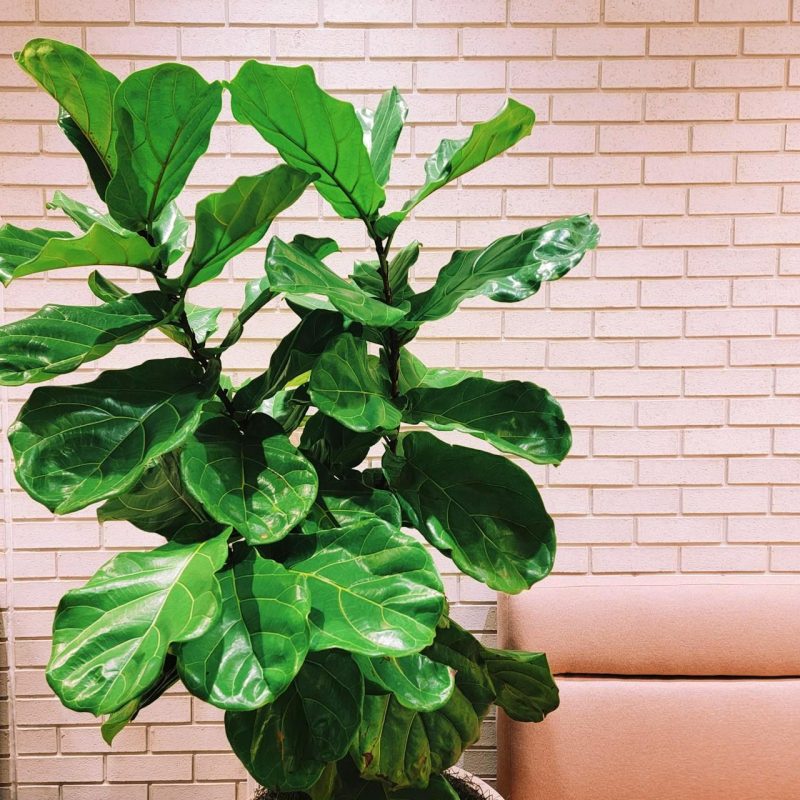
The Fiddle Leaf Fig has gained popularity due to its dramatic, oversized leaves that can enhance any interior space. While it requires bright, indirect light and consistent watering, its striking appearance makes it a stunning centerpiece for classrooms. This plant can encourage conversations about plant growth, care, and how to create a productive learning environment. However, due to its size, teachers should place it strategically to ensure it doesn’t interfere with movement or visibility.
Prayer Plant (Maranta leuconeura)
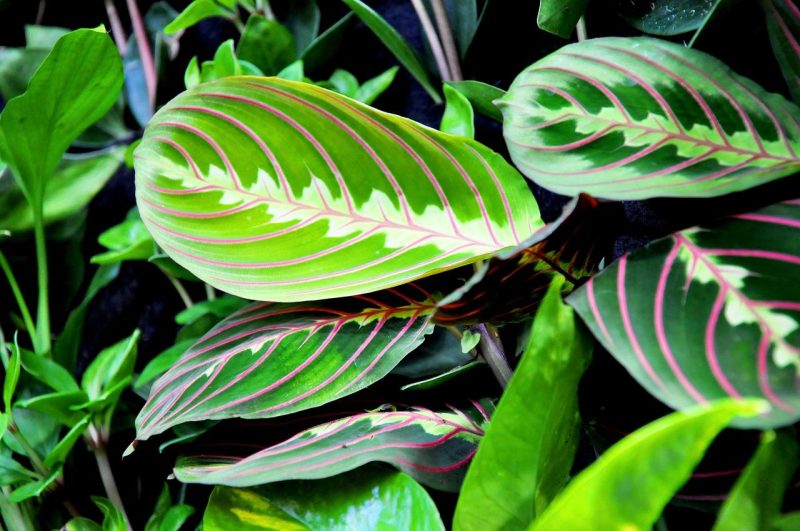
The Prayer Plant is admired for its unique leaf patterns and the way its leaves fold up at night, resembling hands in prayer. This plant thrives in low to medium light and enjoys humid environments, making it a perfect fit for classrooms equipped with proper care strategies. Its interactive nature can lead to educational discussions about plant behavior and adaptations, making it not just a decorative item, but also a living learning tool.
Philodendron Brasil (Philodendron hederaceum)
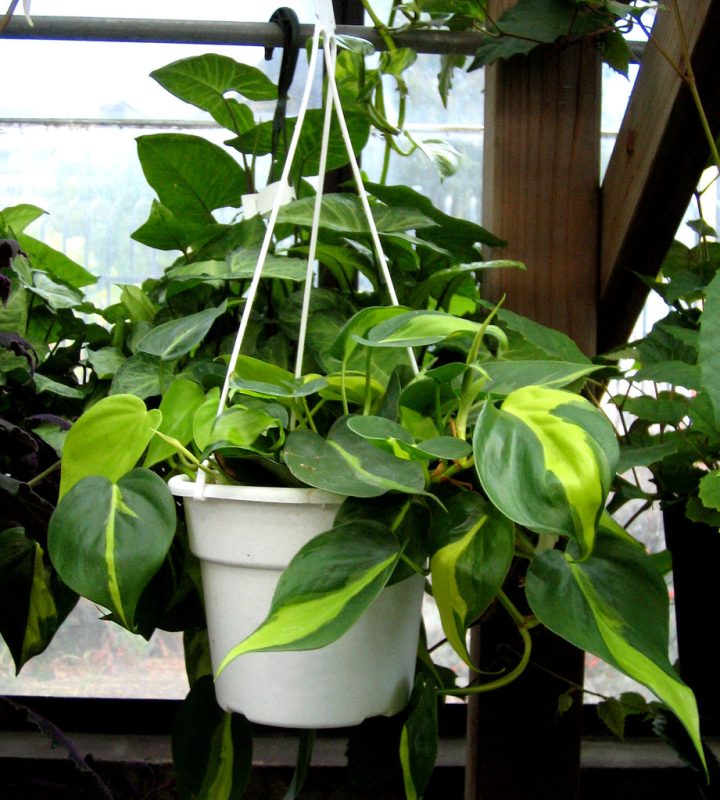
Philodendron Brasil is known for its heart-shaped leaves adorned with striking yellow and green variegation. This plant is easy to care for and thrives in a range of lighting, from low to bright indirect light. Its trailing vines can be trained to climb or allowed to cascade over a shelf, providing a lush green backdrop in the classroom. Philodendron Brasil also helps purify the air and can tolerate periods of neglect, making it an ideal choice for busy environments.
False Aralia (Schefflera elegantissima)

The False Aralia features stunning, finely cut leaves that provide a tropical feel. It prefers bright, indirect light and moderate watering. This plant’s unique foliage can spark interest among students eager to learn about tropical plants and their environments. The False Aralia also plays a role in improving air quality, ensuring that students can benefit from a cleaner classroom environment. Its striking appearance can make it a conversation starter about biodiversity and plant origins, encouraging students to think critically about environmental issues.
Lavender (Lavandula)
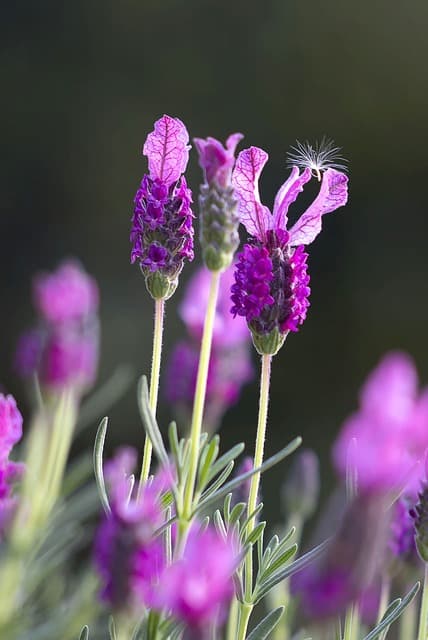
While not a traditional indoor plant, Lavender can thrive in a classroom setting, especially if you have a sunny windowsill. The lovely purple flowers not only beautify the space but also offer a calming fragrance that can reduce stress and enhance focus. Lavender prefers well-draining soil and bright light, requiring regular watering only when the soil is dry. This plant can be used for lessons on aromatherapy, the culinary arts, and the importance of pollinators, making it an educational tool as well as an aesthetic addition.
Conclusion
Choosing the right indoor plants for your classroom can create a nurturing and stimulating environment for students. Each of the plants listed above offers unique aesthetic qualities, low maintenance requirements, and significant benefits for air quality and overall ambiance. By incorporating various plants, you can teach students about responsibility, biology, and ecology while promoting a greener and healthier indoor atmosphere.
Integrating indoor plants into your classroom encourages students to appreciate nature and understand the importance of environmental stewardship. Whether you’re aiming to create a calming corner with cascading foliage or a vibrant area filled with colorful blooms, the right plants can transform any educational space and enrich the learning experience. Engaging students in discussions about the care and benefits of these plants can also foster curiosity and respect for the natural world.
As educators embrace these green companions, they not only cultivate a thriving classroom environment but also impart valuable lessons that extend beyond the classroom walls.


